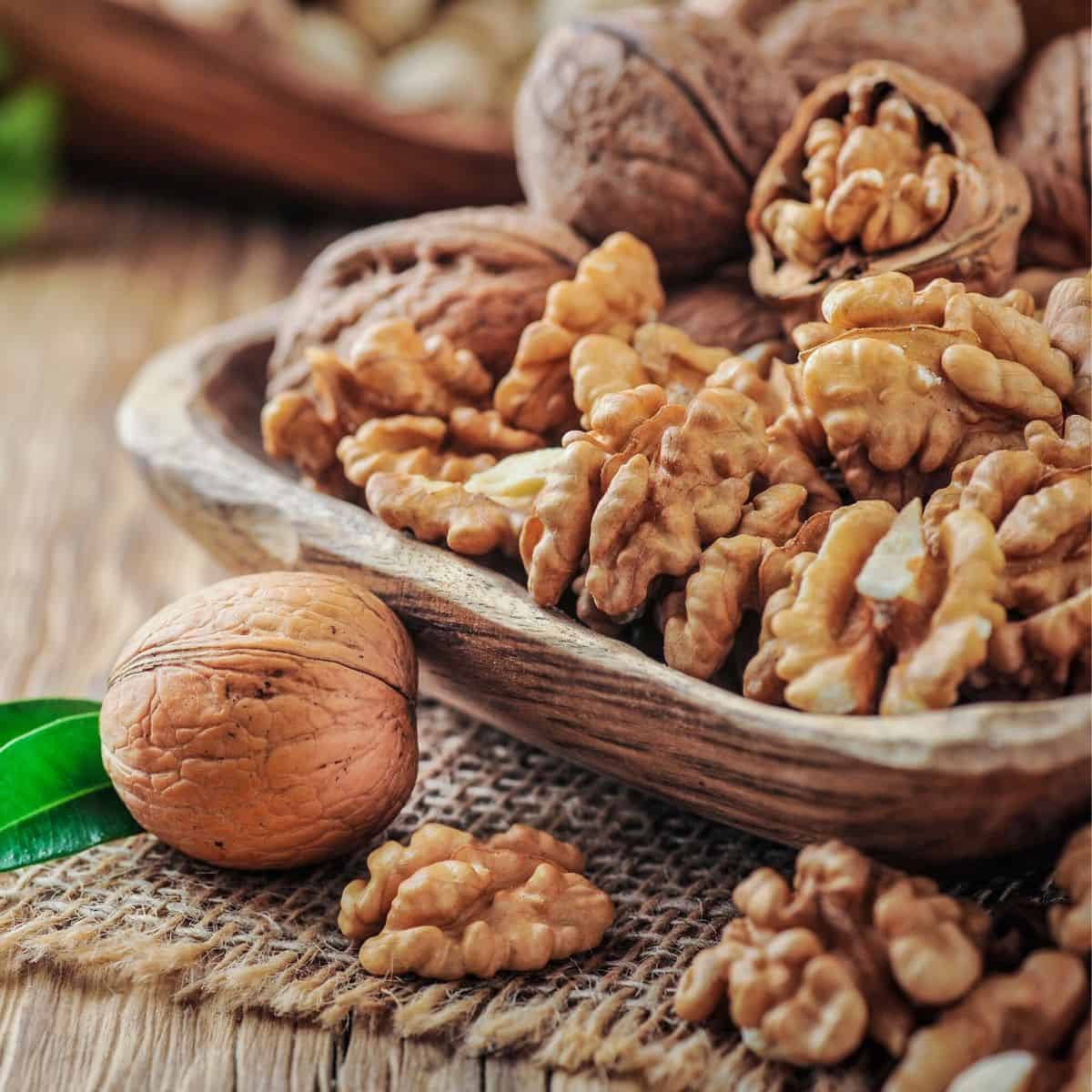

Articles
How To Store Shelled Walnuts
Modified: February 27, 2024
Learn the best techniques for storing shelled walnuts in this informative articles. Keep your walnuts fresh and delicious for longer with our expert tips.
(Many of the links in this article redirect to a specific reviewed product. Your purchase of these products through affiliate links helps to generate commission for Storables.com, at no extra cost. Learn more)
Introduction
When it comes to nuts, few can compete with the delicious and nutritious shelled walnuts. Packed with essential nutrients, including omega-3 fatty acids, antioxidants, and fiber, these versatile nuts are not only a tasty snack but also a valuable addition to a variety of dishes.
However, as with any perishable food item, proper storage is crucial to maintain the freshness and quality of shelled walnuts. Whether you have just harvested walnuts from your own tree or purchased them from a store, knowing how to store them correctly will ensure they stay fresh for longer.
In this article, we will guide you through the process of storing shelled walnuts to preserve their taste, texture, and nutrient content. We will discuss the importance of choosing fresh walnuts, how to prepare the storage container, and the different storage methods for the pantry, refrigerator, and freezer. Additionally, we will explore how to check the walnuts for freshness to ensure you are enjoying the best quality.
So, if you are ready to learn the secrets of proper walnut storage, let’s dive in and discover how to keep these delicious nuts at their best.
Key Takeaways:
- Properly storing shelled walnuts is crucial for maintaining their freshness and quality. Whether in the pantry, refrigerator, or freezer, the right storage techniques ensure prolonged enjoyment of these nutritious nuts.
- Selecting fresh walnuts, preparing a clean storage container, and checking for freshness are essential steps in preserving the taste and texture of shelled walnuts. Follow these guidelines to savor the delightful flavor and nutritional benefits for an extended period.
Read more: How To Store Walnuts In Shell
Choosing Fresh Shelled Walnuts
The first step in storing shelled walnuts is to select fresh and high-quality nuts. This ensures that you have a good starting point for maintaining their freshness over time. Here are a few tips to help you choose the best shelled walnuts:
- Look for walnuts with intact shells: When purchasing shelled walnuts, it’s important to check that the shells are not cracked or damaged. A cracked shell can indicate that the nut inside is stale or may have been exposed to air, affecting its flavor and texture.
- Check for a pleasant aroma: Fresh walnuts should have a mild, nutty aroma. If the nuts have a rancid or bitter smell, it’s a sign that they are past their prime and should be avoided.
- Inspect for mold or discoloration: Avoid walnuts with any signs of mold or discoloration, as this can indicate moisture or fungal growth. Moldy walnuts are not safe to consume and should be discarded.
- Consider the weight: Heavier walnuts generally indicate that they are fresher and have a higher moisture content. Pick up a few walnuts and compare their weight to get an idea of their overall quality.
It’s worth mentioning that if you have access to a walnut tree or are considering harvesting your own walnuts, it’s important to wait until they are fully mature before picking them. Mature walnuts will have a ready-to-harvest appearance, with a hard shell and a dry husk that easily separates from the nut.
By carefully selecting fresh shelled walnuts, you are setting the stage for successful storage and prolonged enjoyment of these nutritious nuts. With this foundation in place, let’s move on to the next step: preparing the storage container.
Preparing the Storage Container
Before you store your shelled walnuts, it’s important to ensure that your storage container is clean, dry, and airtight. Proper preparation of the storage container will help maintain the freshness and quality of the nuts. Here are some essential steps to follow:
- Clean the container: Start by thoroughly cleaning the storage container using warm water and mild dish soap. Rinse it well and allow it to air dry completely. This step is crucial to remove any residues or contaminants that could affect the walnuts.
- Dry the container: Once the container is cleaned, make sure it is fully dry before adding the walnuts. Any moisture in the container can lead to mold or spoilage. You can use a clean towel to dry the container or let it air dry for a longer period.
- Choose an airtight container: Select a container with a tight seal to prevent air from entering and causing the walnuts to go stale. Glass jars with screw-top lids, food-grade plastic containers, or resealable plastic bags are suitable options for storing shelled walnuts.
- Avoid using containers with strong odors: Walnuts can absorb strong odors, so it’s important to choose a storage container that doesn’t have a pungent smell. Avoid using containers that have previously held strong spices, onions, or other strongly scented foods.
Properly preparing the storage container sets the stage for successful walnut storage. Now that your container is clean, dry, and airtight, you are ready to learn the different storage methods for maintaining the freshness of shelled walnuts. Let’s explore these methods next.
Storing Shelled Walnuts in the Pantry
If you plan to consume your shelled walnuts within a few weeks, storing them in a cool and dry pantry is a convenient option. Here’s how to do it:
- Transfer the walnuts to airtight containers: Place the shelled walnuts in clean, airtight containers, such as glass jars or food-grade plastic containers. Make sure the containers are tightly sealed to prevent air and moisture from entering.
- Select a cool and dark location: Find a spot in your pantry that is away from direct light and heat sources, as exposure to light and heat can cause the nuts to spoil more quickly.
- Maintain consistent temperature and humidity: Ideally, the pantry should have a cool temperature, preferably around 50-60°F (10-15°C). Additionally, maintaining a humidity level of around 30-40% will help keep the walnuts fresh and prevent them from becoming too dry.
- Keep away from strong odors: Walnuts can absorb odors, so it’s important to keep them away from strong-smelling foods or spices in the pantry.
By following these steps, you can store shelled walnuts in the pantry for several weeks, maintaining their quality and freshness. However, keep in mind that walnuts are best consumed within a few months to enjoy their optimal taste and texture.
If you want to store shelled walnuts for longer periods, it’s recommended to use the refrigerator or freezer, which we will discuss in the following sections. Let’s continue with storing shelled walnuts in the refrigerator.
Store shelled walnuts in an airtight container in the refrigerator or freezer to keep them fresh. This will help prevent them from becoming rancid due to their high oil content.
Storing Shelled Walnuts in the Refrigerator
If you want to extend the shelf life of your shelled walnuts and keep them fresh for a longer period, storing them in the refrigerator is a great option. Here’s how you can do it:
- Transfer the walnuts to airtight containers or resealable bags: Place the shelled walnuts in airtight containers or resealable bags, ensuring they are tightly sealed to prevent air and moisture from reaching the nuts.
- Label the containers: It’s a good practice to label the containers with the date of storage. This will help you keep track of their freshness and ensure you consume the oldest walnuts first.
- Choose the right refrigerator location: Store the walnuts in the main body of the refrigerator, not in the door or near the freezer compartment. Aim for a consistent temperature of around 32-40°F (0-4°C).
- Avoid moisture exposure: Keep the walnuts away from moisture sources, such as fruits or vegetables that release moisture. Excess moisture can lead to mold growth or spoilage.
By following these steps, shelled walnuts can be stored in the refrigerator for up to 6 to 12 months, depending on their initial freshness. However, keep in mind that refrigeration can eventually affect the texture of the walnuts, causing them to become slightly softer.
Now that you know how to store shelled walnuts in the refrigerator, let’s explore the option of freezing them for long-term storage.
Read more: How To Store Shelled Walnuts And Pecans
Storing Shelled Walnuts in the Freezer
If you want to store shelled walnuts for an extended period, the freezer is the best option. Freezing helps to maintain the freshness and quality of the walnuts for up to a year. Here’s how you can freeze shelled walnuts:
- Prepare the walnuts: Remove any excess moisture from the walnuts by patting them dry with a clean kitchen towel.
- Transfer to freezer-safe containers: Place the walnuts in airtight containers or resealable freezer bags. Ensure they are tightly sealed to prevent air and moisture from reaching the nuts.
- Label and date the containers: It’s essential to label the containers with the contents and the date of freezing. This will help you keep track of their freshness and use them in the proper order.
- Store in the freezer: Place the containers in the coldest part of the freezer, preferably in the back. The ideal freezer temperature for storing walnuts is around 0°F (-18°C).
When you’re ready to use the frozen walnuts, simply remove the desired amount from the freezer and thaw them at room temperature. For the best results, allow them to thaw slowly to maintain their taste and texture.
It’s important to note that the texture of the walnuts may change slightly after freezing. They may become slightly softer, but this won’t affect their taste or nutritional value.
By following these steps, you can enjoy the freshness of shelled walnuts even after an extended period of time. However, it’s advisable to use the frozen walnuts within a year for the best quality.
Now that you know how to store shelled walnuts in the freezer, let’s move on to discussing how to check the walnuts for freshness.
Checking the Walnuts for Freshness
Before consuming or using shelled walnuts, it’s important to check their freshness to ensure optimal taste and quality. Here are some simple methods to determine if the walnuts are still fresh:
- Visual inspection: Examine the walnuts for any signs of mold, discoloration, or physical damage. Fresh walnuts should have a light brown color and a smooth surface.
- Squeeze test: Gently squeeze a walnut between your fingers. Fresh walnuts should feel firm and solid. If they feel spongy or soft, it may indicate that they have gone bad.
- Smell test: Take a whiff of the walnuts. Fresh walnuts should have a mild, nutty aroma. If there is a rancid or bitter smell, it’s an indication that they have deteriorated and should not be consumed.
- Taste test: If you are unsure about the freshness of the walnuts, you can taste a small piece. Fresh walnuts have a sweet and nutty flavor. If they taste rancid or have a bitter aftertaste, it’s best to discard them.
It’s important to note that walnuts can go rancid over time due to their high oil content. Therefore, it’s always recommended to store them properly and check for freshness before using them in your recipes or consuming them as a snack.
By following these simple checks, you can ensure that the walnuts you are using are fresh and of the highest quality, resulting in a delightful culinary experience.
Now that we have covered the methods to check the freshness of walnuts, let’s wrap up this article.
Conclusion
Proper storage of shelled walnuts is essential to maintain their freshness and quality over time. Whether you choose to store them in the pantry, refrigerator, or freezer, following the right techniques ensures that the walnuts remain delicious and nutritious for an extended period.
When selecting shelled walnuts, look for intact shells, a pleasant aroma, and avoid any signs of mold or discoloration. Preparing a clean, dry, and airtight storage container is crucial to protect the walnuts from moisture and contaminants.
If you plan to consume the walnuts within a few weeks, storing them in a cool and dark pantry is suitable. For longer storage, the refrigerator provides a controlled temperature and humidity environment to preserve the walnuts for up to a year.
If you want to store shelled walnuts for an even longer period, the freezer is the best choice. Properly sealed and labeled containers will keep the walnuts fresh for up to a year.
Remember to check the walnuts for freshness before consumption. Visual inspection, the squeeze test, smell test, and taste test can help determine if the walnuts are still good to eat.
By following these guidelines for storing and checking the freshness of shelled walnuts, you can enjoy their nutritional benefits, nutty flavor, and crunchy texture for an extended period.
So, the next time you have a stash of shelled walnuts, ensure you store them correctly and savor their delectable taste in your favorite recipes or enjoy them as a healthy snack.
Frequently Asked Questions about How To Store Shelled Walnuts
Was this page helpful?
At Storables.com, we guarantee accurate and reliable information. Our content, validated by Expert Board Contributors, is crafted following stringent Editorial Policies. We're committed to providing you with well-researched, expert-backed insights for all your informational needs.
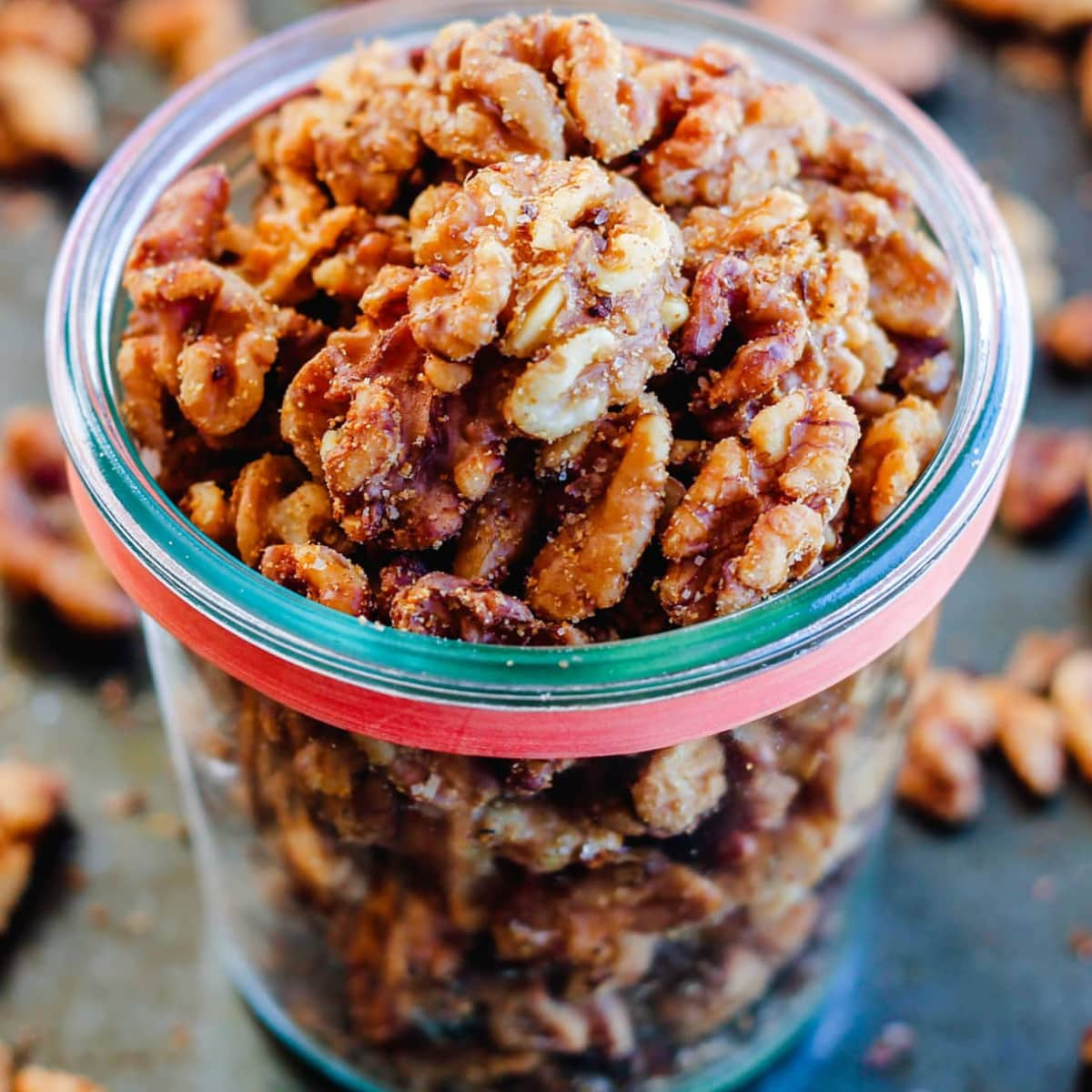
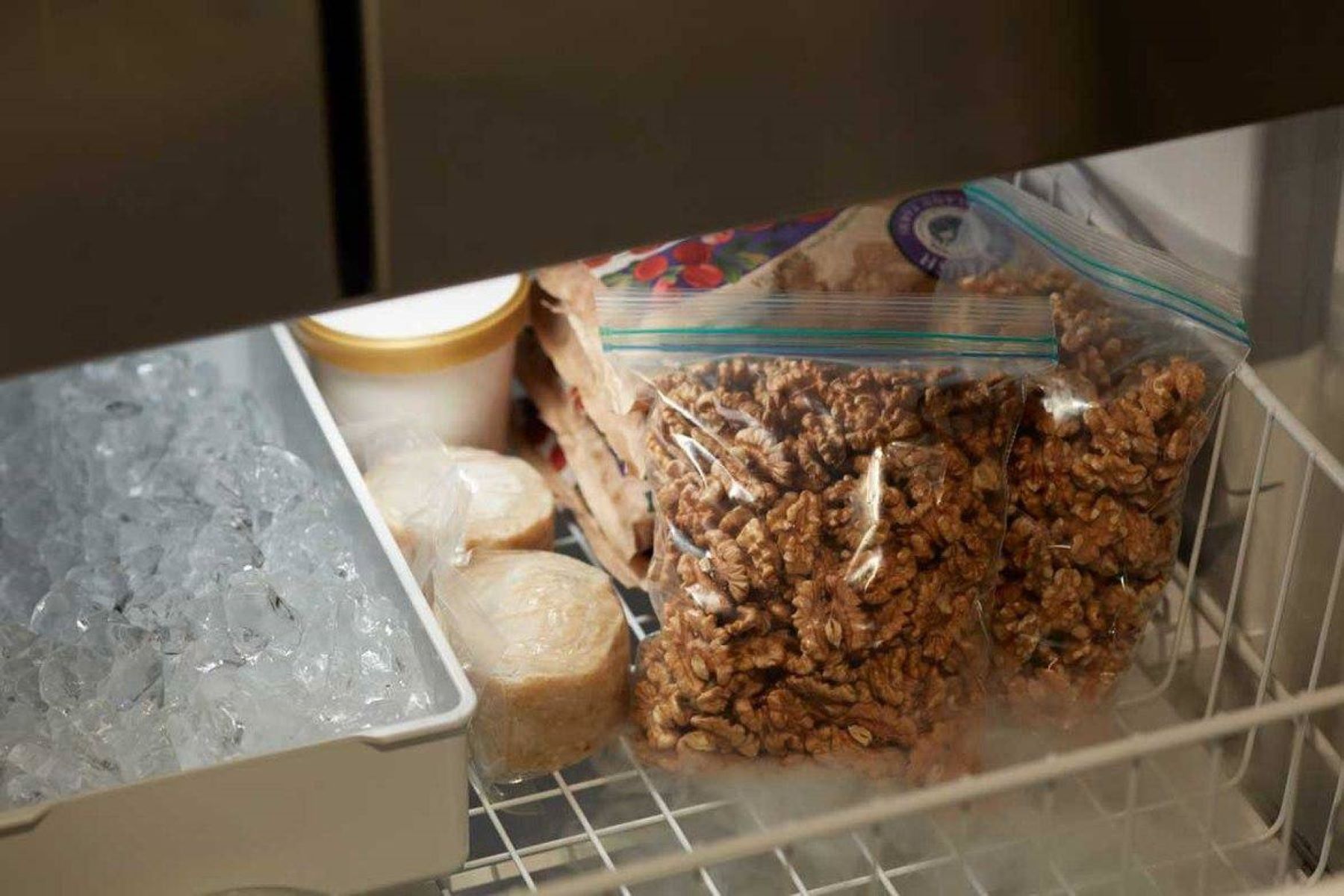



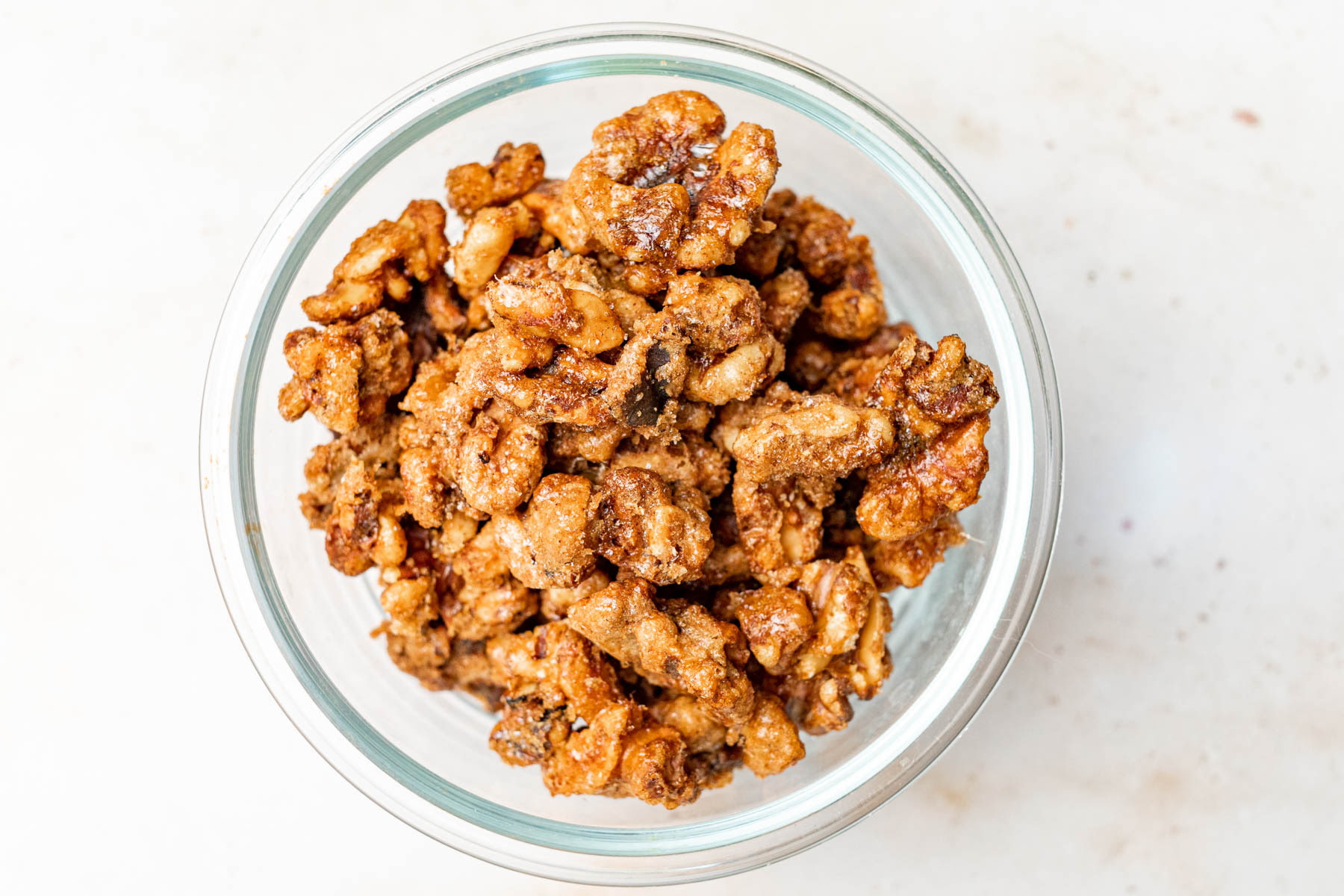
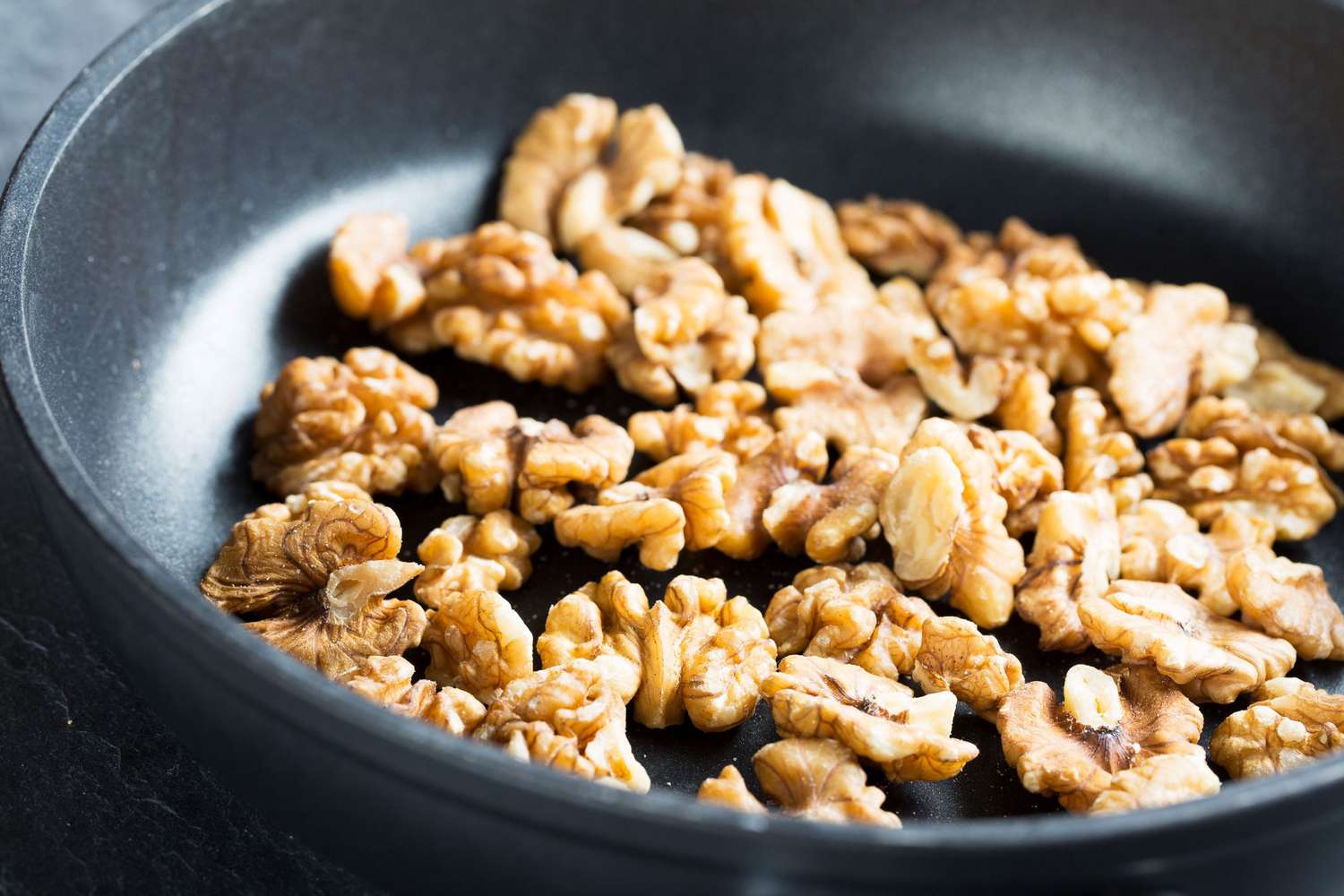
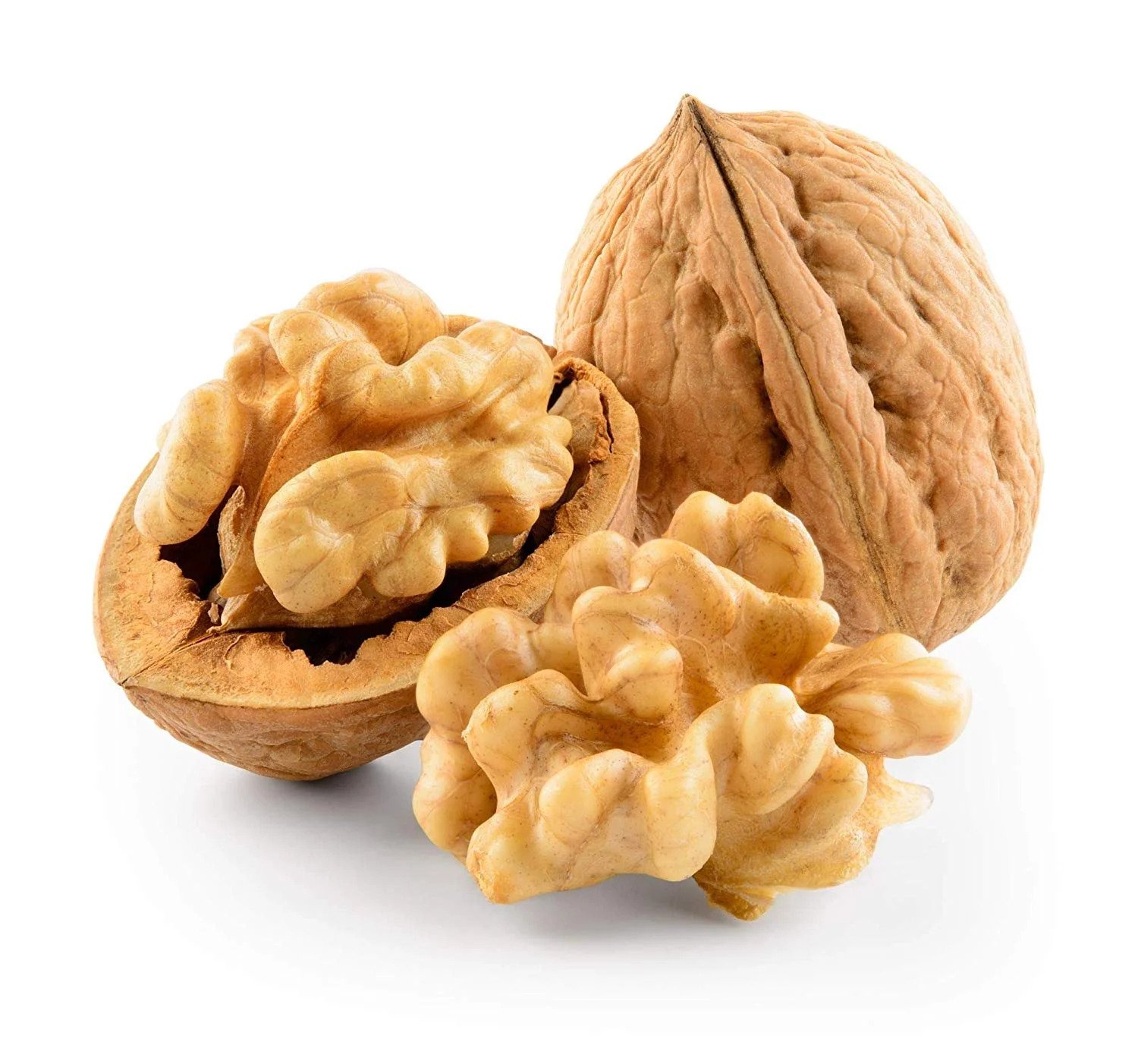
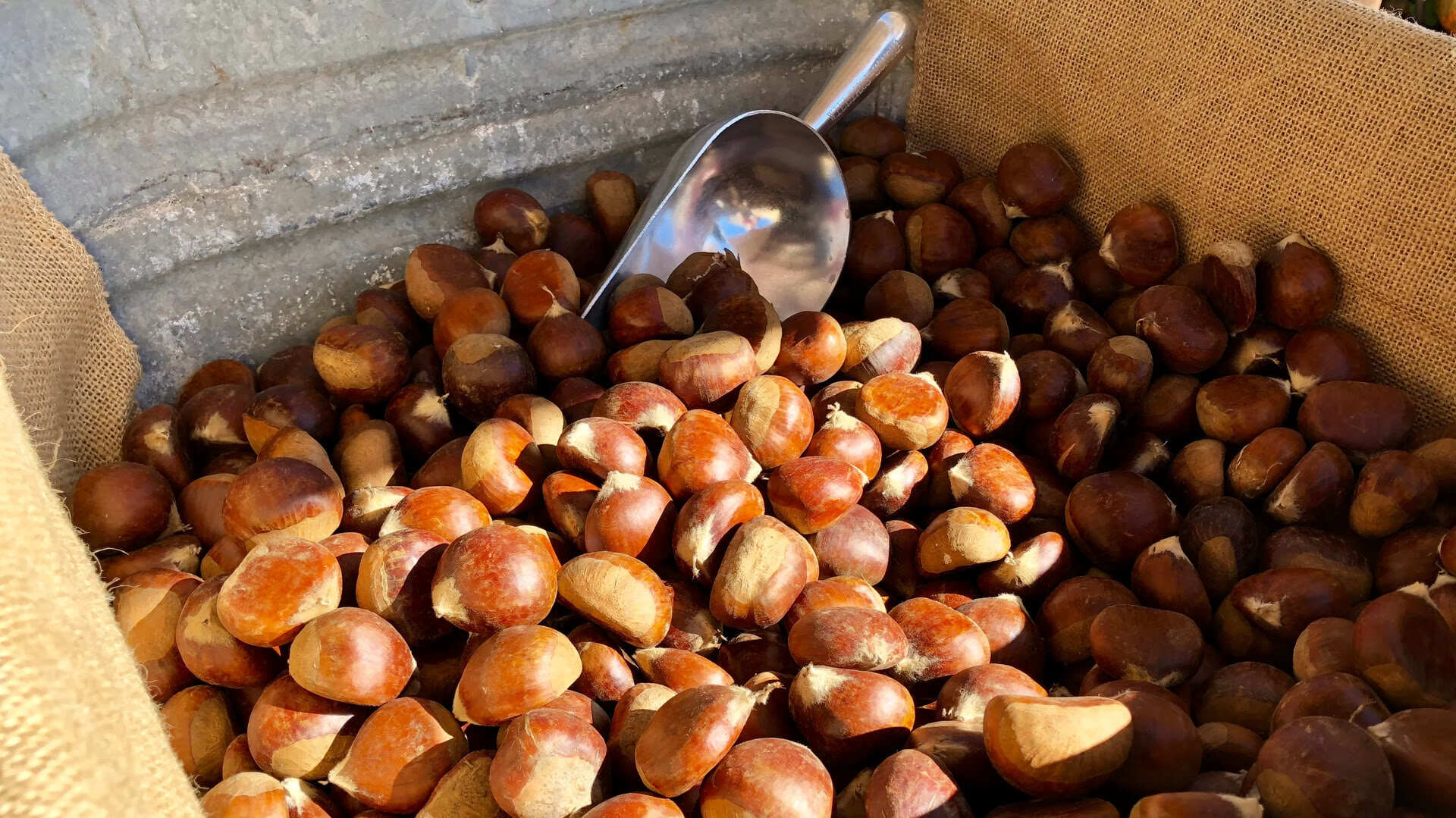
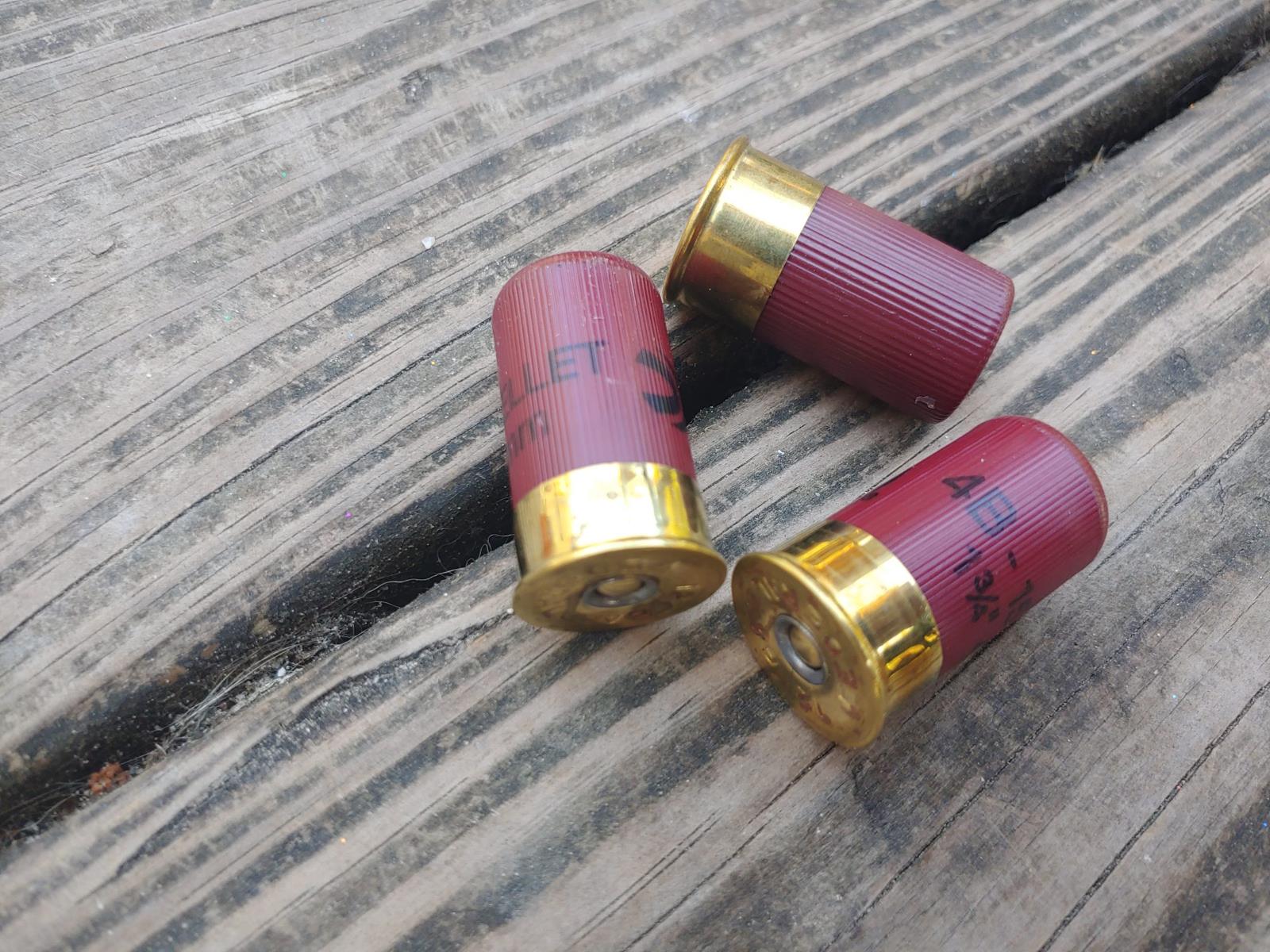

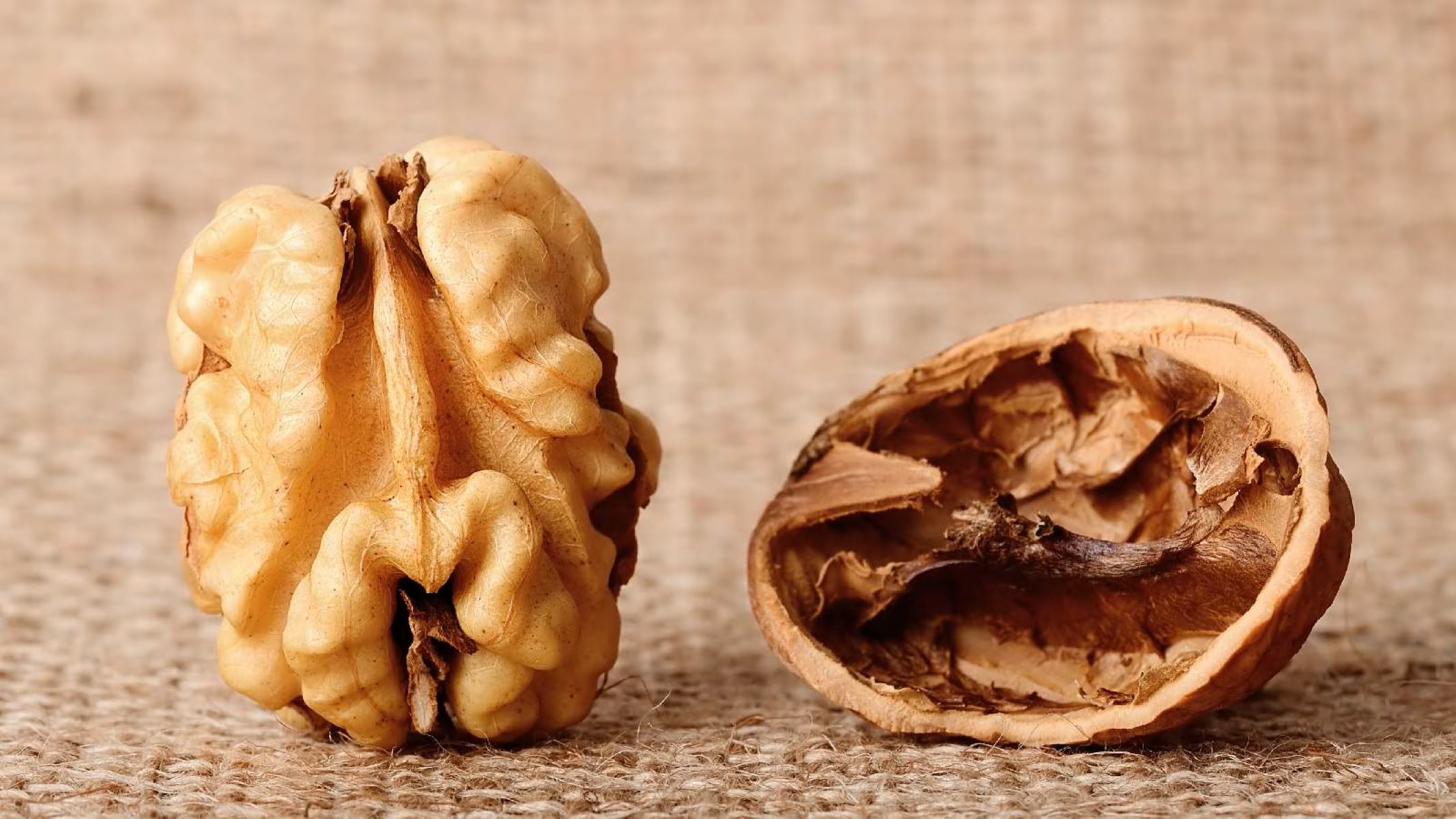
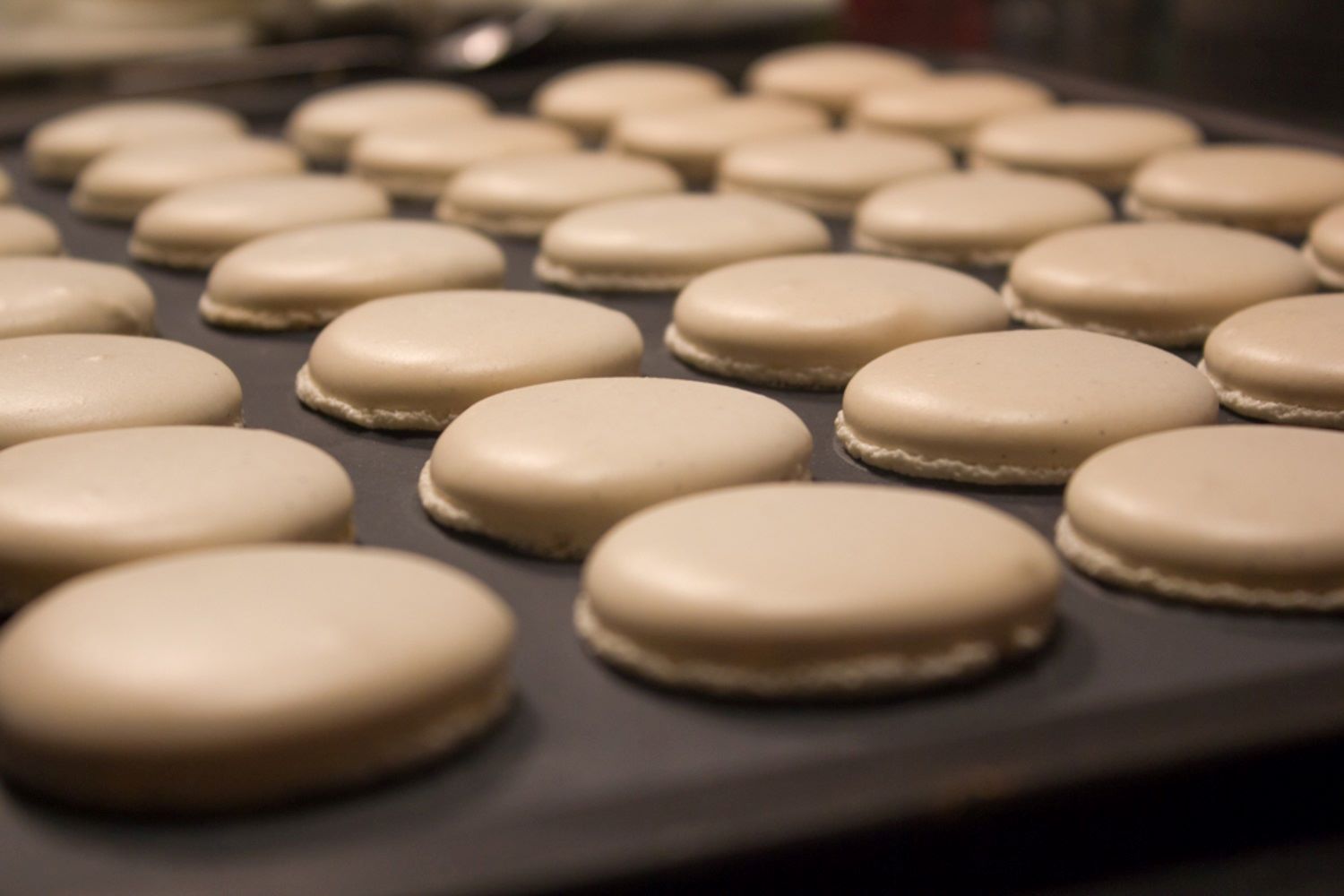
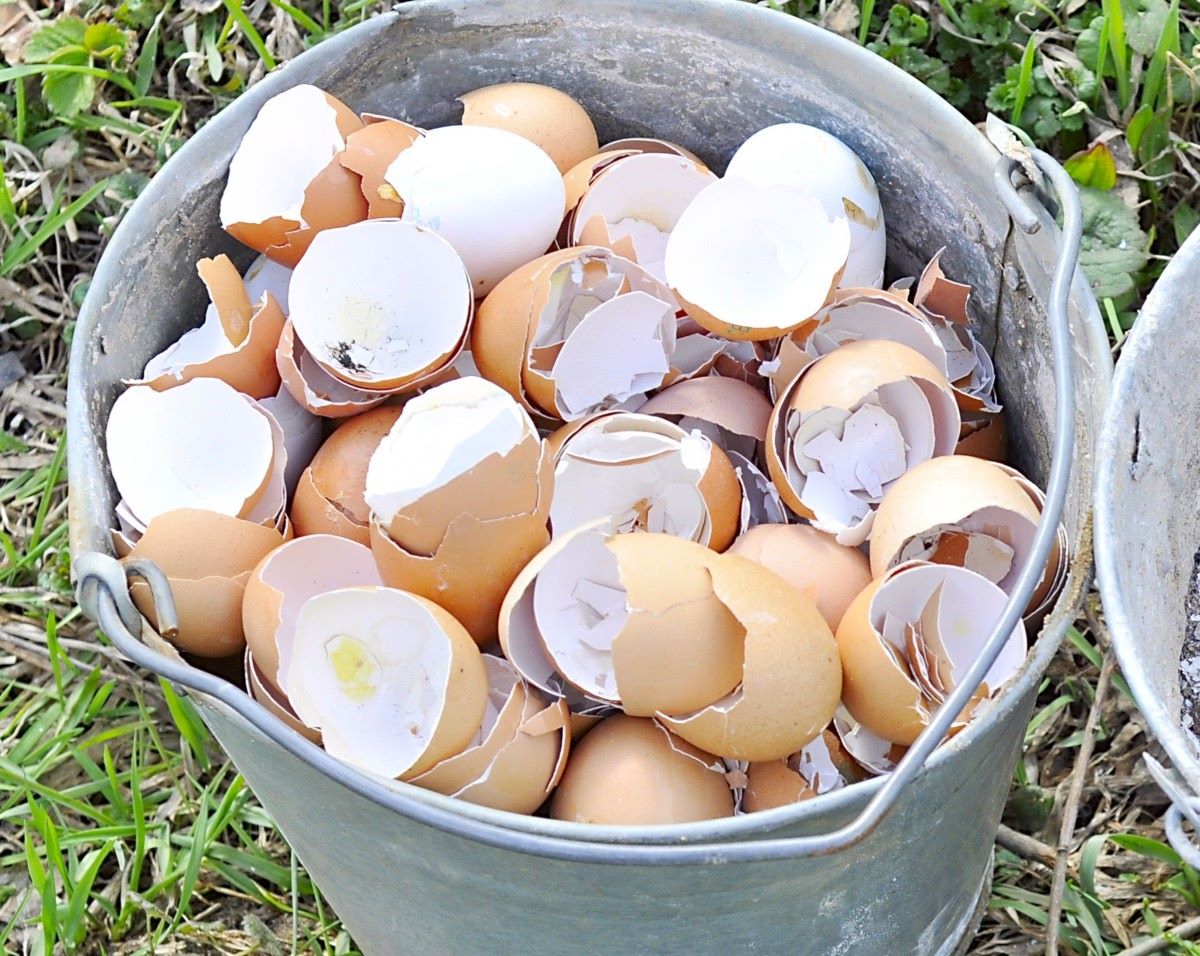

0 thoughts on “How To Store Shelled Walnuts”